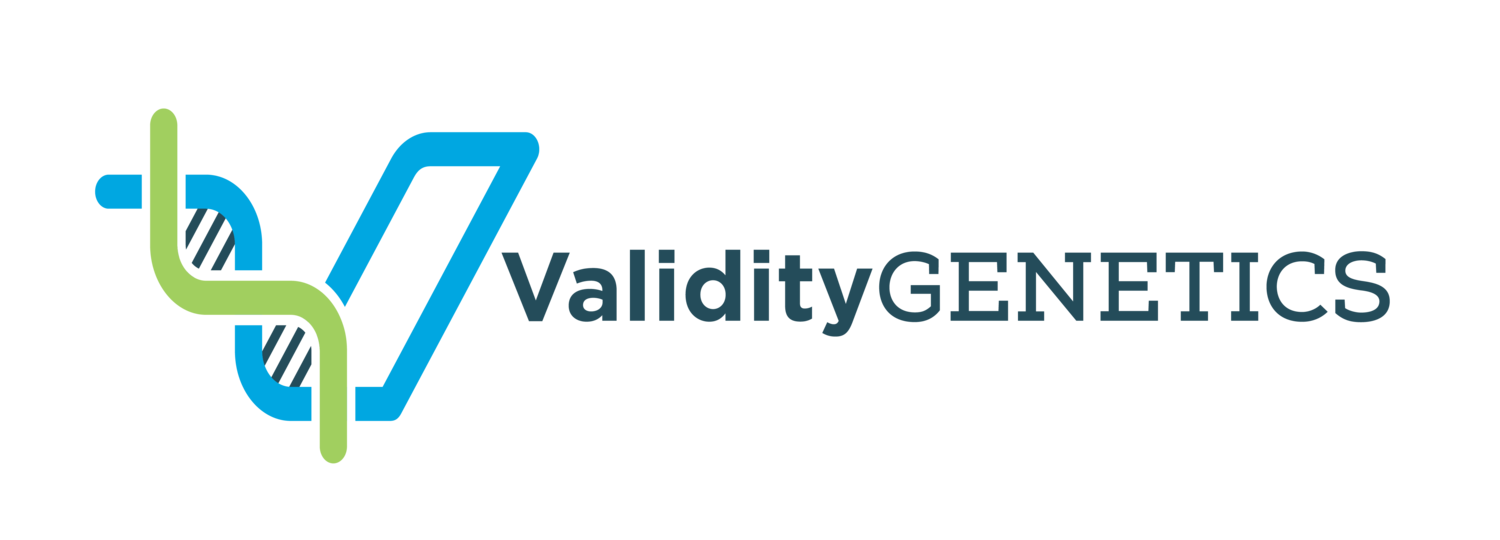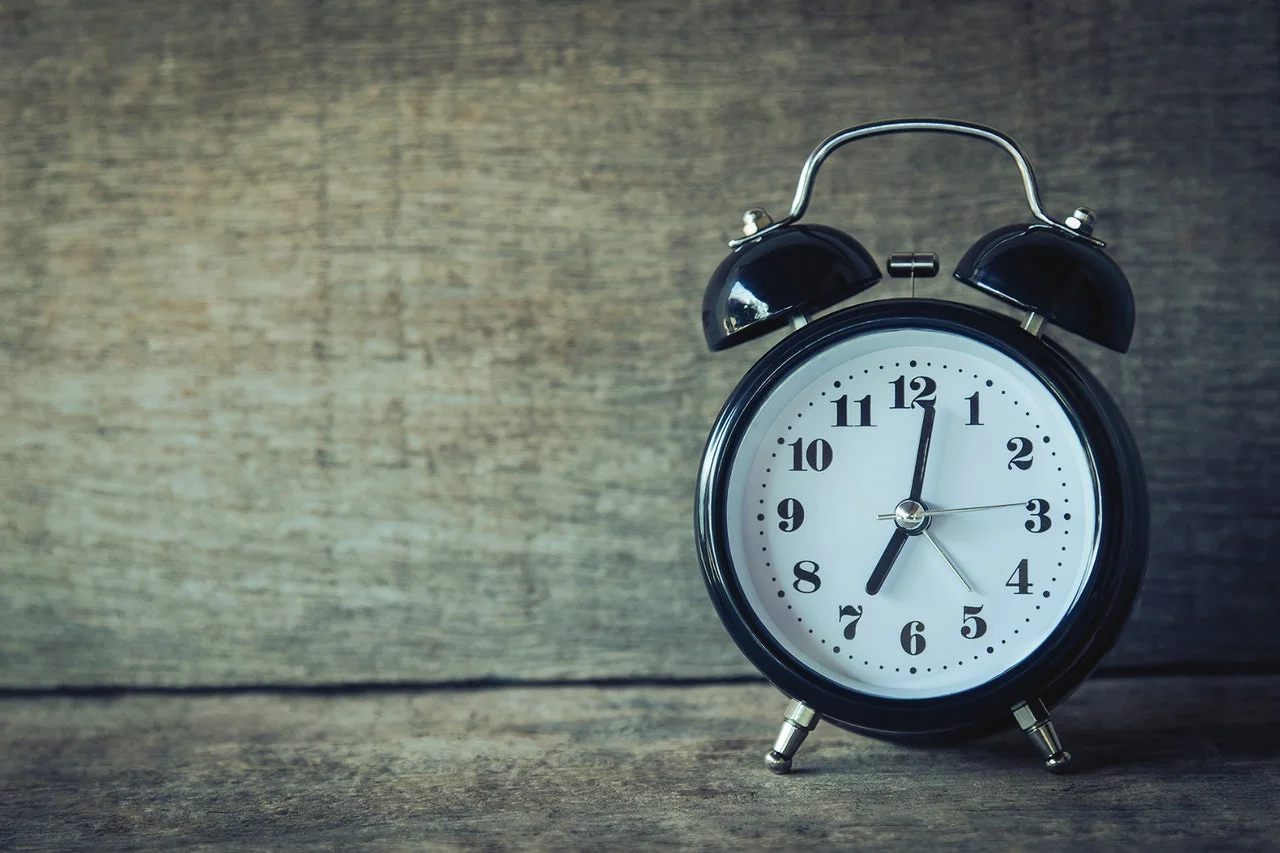Paternity DNA Test Results
We are often asked by our clients what exactly the DNA test results of our Paternity Test show, or will look like. We have provided sample paternity test reports, one positive and one negative, to demonstrate what information will be provided in the report.
Detailed Paternity Test Results Report Overview
The paternity test results contains the following main sections in the report, each displaying important information.
Statement of Results
Genetic System Table (Locus/Allele chart)
Combined Direct (Paternity) Index
Probability of Paternity
Below you can find sample reports to see what your result will look like.
Example Paternity DNA Test – Inclusion
Example Paternity DNA Test – Exclusion
Statement of Results
This is arguably the most important section of a Paternity DNA Test Result. Unfortunately, because of the legal wording used it can be the most confusing. The report will show one of two conclusions, an Inclusion and an Exclusion. Here are the two conclusion statements and what exactly they mean.
Inclusion = When the conclusion states, “cannot be excluded as the biological father” this means the tested male most likely IS the biological father of the child, as all data gathered from the test supports a relationship of paternity.
Exclusion = When the conclusion states, “is excluded as the biological father” this means the tested male IS NOT the biological father of the child, as all data gathered from the test does not support a relationship of paternity.
Genetic System Table
Paternity tests from Validity Genetics tests for up to 24 different locations, including sex markers, on your DNA. These locations or markers are listed in the “STR locus” column. Each marker is compared with the same locations on all of the tested parties. The DNA segments of the markers are called “alleles”, and every child inherits one copy of this DNA segment from the mother, and one copy from the father.
Our advanced DNA testing technology determines the length of each participants alleles and compares them with the lengths of the alleged father’s alleles to determine the number of matches. If the mother participates, the mother’s alleles will also be compared.
In the Inclusion example provided above, the child shown has two sets of alleles at each location tested, and you can see that at least one of these matches with the alleged father’s alleles at all locations.
In the Exclusion example, while the child shown has multiple sets of alleles that do match, there are many that do not a have corresponding match to the alleged father.
Combined Paternity Index
The Combined Paternity Index is the number on the lower right side of the report, directly under the Locus/Allele chart. If the tested male is considered the biological father, there is a number listed for the Combined Paternity Index. If the tested male is not considered the biological father, the report shows “0.”
The Combined Paternity Index is a ratio indicating how many times more likely it is that the tested male is the biological father than a randomly-selected unrelated man with a similar ethnic background. This number varies on a case by case basis. The higher CPI number, the stronger the results.
The above sample DNA test reports are for Paternity DNA Tests without including the Mother. For other DNA test reports, such as Siblings DNA Testing, the wording will differ slightly.
Contact us for more information on DNA and Paternity testing at: Info@ValidityGenetics.com or through Facebook messenger and chat with a representative right away.











